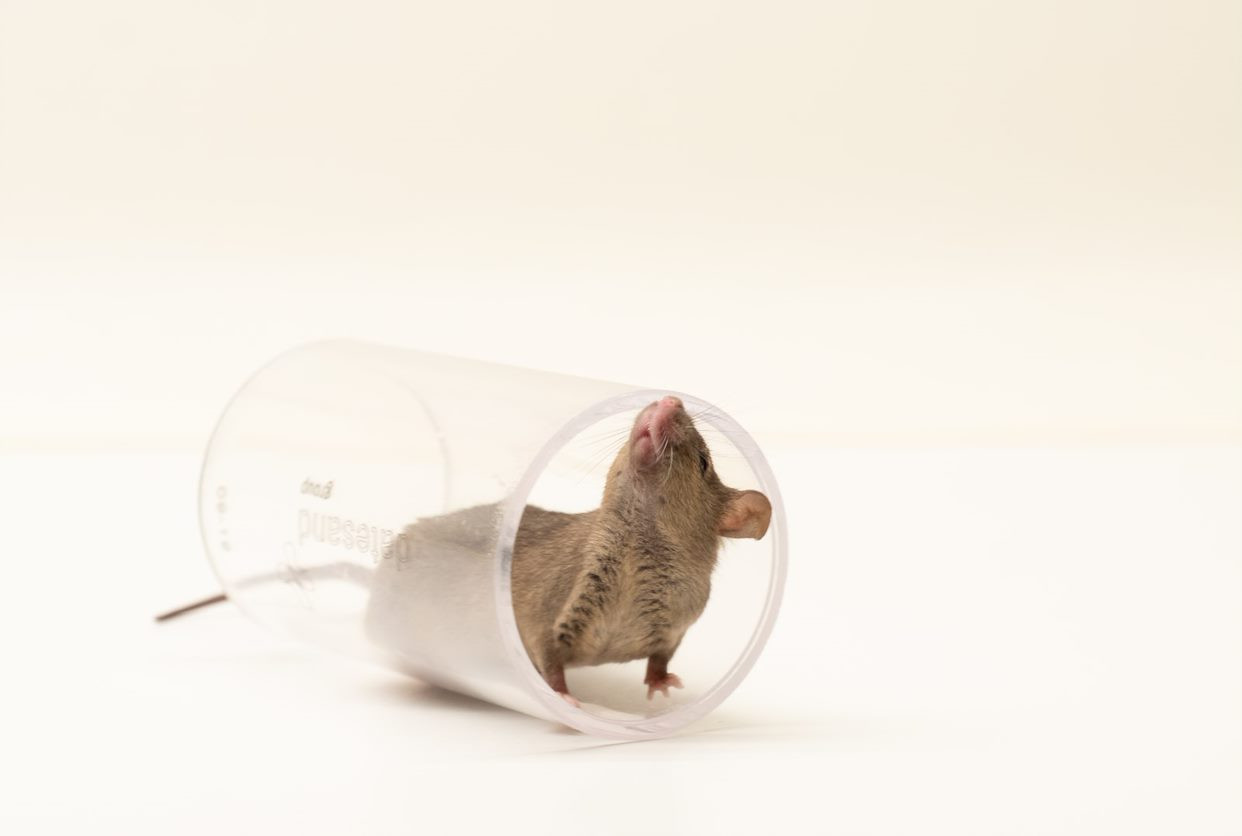Ten organisations account for half of all animal research in Great Britain in 2023

Today, 11 September 2024, Understanding Animal Research (UAR) has published a list of the ten organisations that carry out the highest number of animal procedures – those used in medical, veterinary, and scientific research – in Great Britain. These statistics are freely available on the organisations’ websites as part of their ongoing commitment to transparency and openness around the use of animals in research.
This list coincides with the publication of the Home Office’s report on the statistics of scientific procedures on living animals in Great Britain in 2023.
These ten organisations carried out 1,435,009 procedures, 54% of the 2,681,686 procedures carried out on animals for scientific research in Great Britain in 2023*. Of these 1,435,009 procedures, more than 99% were carried out on mice, fish and rats and 82% were classified as causing pain equivalent to, or less than, an injection.
The ten organisations are listed below alongside the total number of procedures they carried out in 2023. Each organisation’s name links to its animal research webpage, which includes more detailed statistics. Case studies explaining how animal research has been used in recent medical research are also provided in the Notes to Editors section. This is the eighth consecutive year that organisations have come together to publicise their collective statistics and examples of their research.
| Organisation | Number of Procedures (2023) |
| University of Cambridge | 223,787 |
| University of Oxford | 194,913 |
| The Francis Crick Institute | 192,920 |
| UCL | 176,019 |
| University of Edinburgh | 139,881 |
| Medical Research Council | 124,156 |
| University of Manchester | 110,885 |
| King’s College London | 109,779 |
| University of Glasgow | 102,089 |
| Imperial College London | 60,580 |
| TOTAL | 1,435,009 |
69 organisations have published their 2023 animal research statistics
UAR has also produced a list of 69 organisations in the UK that have publicly shared their 2023 animal research statistics. This includes organisations that carry out and/or fund animal research.
All organisations are committed to the ethical framework called the ‘3Rs’ of replacement, reduction and refinement. This means avoiding or replacing the use of animals where possible, minimising the number of animals used per experiment and optimising the experience of the animals to improve animal welfare. However, as institutions expand and conduct more research, the total number of animals used can rise even if fewer animals are used per study.
All organisations listed are signatories to the Concordat on Openness on Animal Research in the UK, which commits them to being more open about the use of animals in scientific, medical and veterinary research in the UK. More than 125 organisations have signed the Concordat including UK universities, medical research charities, research funders, learned societies and commercial research organisations.
Wendy Jarrett, Chief Executive of Understanding Animal Research, which developed the Concordat on Openness, said:
“Animal research remains a small but vital part of the quest for new medicines, vaccines and treatments for humans and animals. Alternative methods are gradually being phased in, but, until we have sufficient reliable alternatives available, it is important that organisations that use animals in research maintain the public’s trust in them.
“By providing this level of information about the numbers of animals used, and the experience of those animals, as well as details of the medical breakthroughs that derive from this research, these Concordat signatories are helping the public to make up their own minds about how they feel about the use of animals in scientific research in Great Britain.”
Dr Maria Kamper, Director of the Biological Services Facility at the University of Manchester said:
“At The University of Manchester we are deeply committed to the highest standards of animal welfare and quality in research as well as transparency and openness as signatories of the Concordat on Openness, as one of the organisations to achieve Leaders in Openness status.
“As a result of this commitment, we have recently achieved accreditation from the prestigious Association for Assessment and Accreditation of Laboratory Animal Care, AAALAC. A prestigious global benchmark, AAALAC accreditation signifies an institution’s dedication to achieving and maintaining high standards in animal care. It demonstrates that we are at the forefront of responsible and cutting-edge research and underscores our commitment to advancing science responsibly and humanely.
“We have a proud culture of care among our staff working with animals at the University, based on collaboration and the highest standard of animal husbandry. That is why we pledge to be committed to pro-actively building and maintaining a sustainable environment where animal welfare, human wellbeing, scientific quality and transparency with stakeholders and the public are paramount. This commitment reflects our desire to contribute to The University of Manchester’s vision of advancing education, knowledge, and wisdom, for the good of society.”
Examples of severity
Severity assessments measure the harm experienced by an animal during a procedure. A procedure can be as mild as an injection, or as severe as an organ transplant. Severity assessments reflect the peak severity of the entire procedure and are classified into five different categories:
Sub-threshold: When a procedure did not cause suffering above the threshold for regulation, i.e. it was less than the level of pain, suffering, distress or lasting harm that is caused by inserting a hypodermic needle according to good veterinary practice.
Non-recovery: When the entire procedure takes place under general anaesthetic and the animal is humanely killed before waking up.
Mild: Any pain or suffering experienced was only slight or transitory and minor so that the animal returns to its normal state within a short period of time. For example, the equivalent of an injection or having a blood sample taken.
Moderate: The procedure caused a significant and easily detectable disturbance to an animal’s normal state, but this was not life threatening. For example, surgery carried out under general anaesthesia followed by painkillers during recovery.
Severe: The procedure caused a major departure from the animal’s usual state of health and well-being. This would usually include long-term disease processes where assistance with normal activities such as feeding and drinking were required, or where significant deficits in behaviours/activities persist. Animals found dead are commonly classified as severe as pre-mortality suffering often cannot be assessed.
*The Home Office recorded 2,681,686 completed procedures for Great Britain in 2023, 1,435,009 (54%) of which were carried out at these ten organisations.




